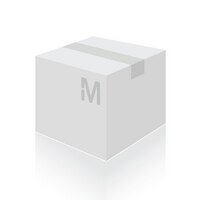QIA53 Sigma-Aldrichp53 ELISAPLUS (Autoantibody) Kit
Produits recommandés
Aperçu
| Replacement Information |
|---|
Tableau de caractéristiques principal
| Detection Methods |
|---|
| Colorimetric |
| References |
|---|
| Applications |
|---|
| Biological Information | |
|---|---|
| Assay time | 2.5 h |
| Sample Type | Serum |
| Physicochemical Information |
|---|
| Dimensions |
|---|
| Materials Information |
|---|
| Toxicological Information |
|---|
| Safety Information according to GHS |
|---|
| Product Usage Statements | |
|---|---|
| Intended use | The Calbiochem® p53- ELISAPLUS (Autoantibody) Kit is designed to measure circulating antibodies to p53 in human serum samples. |
| Packaging Information |
|---|
| Transport Information |
|---|
| Specifications |
|---|
| Global Trade Item Number | |
|---|---|
| Référence | GTIN |
| QIA53 | 0 |
Documentation
p53 ELISAPLUS (Autoantibody) Kit Certificats d'analyse
| Titre | Numéro de lot |
|---|---|
| QIA53 |
Brochure
| Titre |
|---|
| Caspases and other Apoptosis Related Tools Brochure |
| Kit SourceBook - 2nd Edition EURO |
| Kits SourceBook - 2nd Edition GBP |
| p53 And Related Products |






